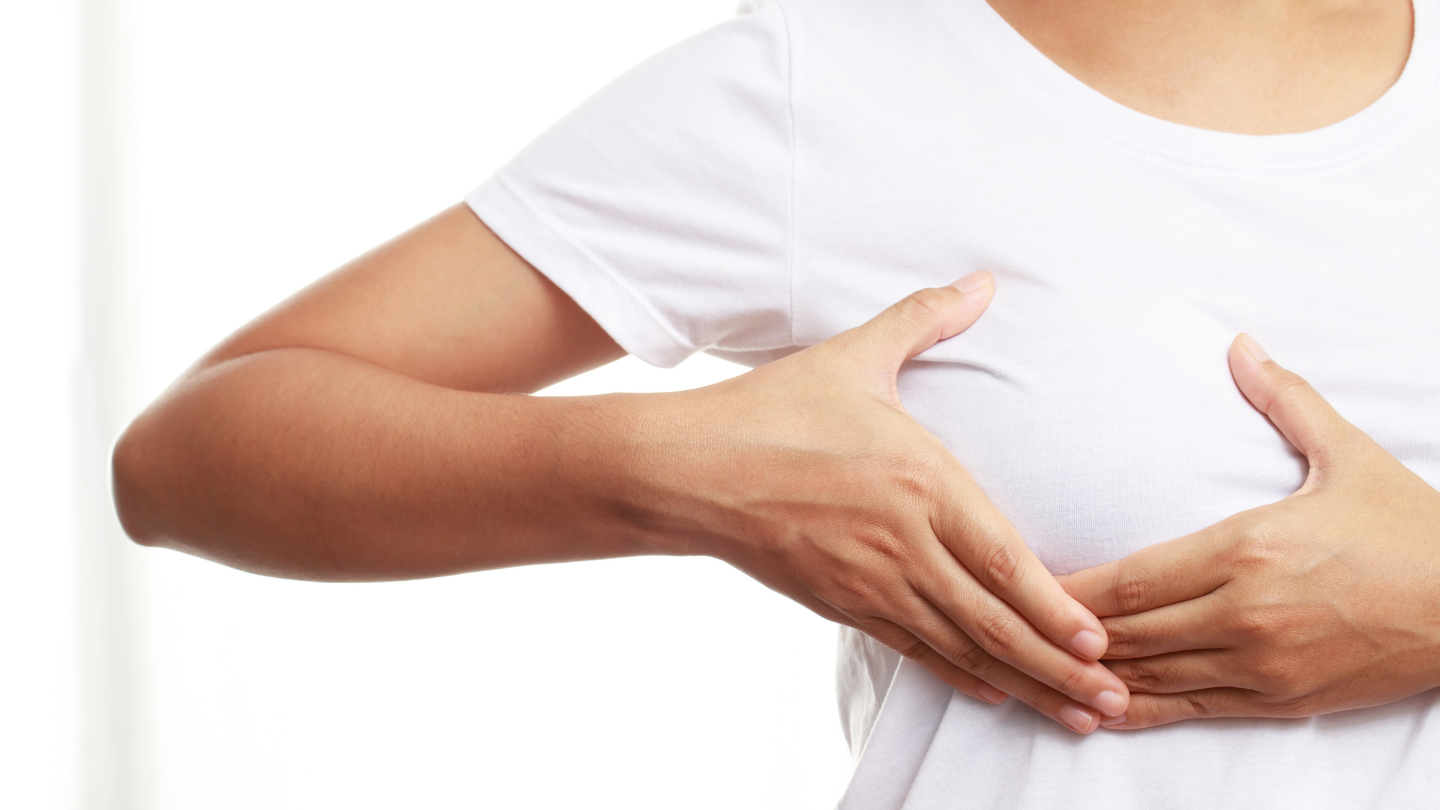Updated Research: Do I have Mastitis?
Written By Summer Baker | Updated by Laura Silvas, RN IBCLC
What is Mastitis?
Previously, mastitis was always associated with a bacterial infection. However, science has taught us that it can occur because of several factors, including ductal narrowing, inflammation, edema, disruption of the microorganisms in the milk, and bacteria. Mastitis often occurs in the first three weeks after childbirth, but may occur at any stage of lactation.
The condition is usually caused by the proliferation of normal skin bacteria, which enter the duct through damaged nipples. The most commonly found bacteria include Staph and Streptococcus. However, new research shows that nipple damage may not always cause mastitis. Blocked ducts make the breast vulnerable to these bacteria because the milk doesn’t flow freely. Other causes of mastitis include hyperlactation or overproduction.
Hyperlactation often occurs at the beginning of your milk journey as your milk “comes in”, and that dreaded engorgement takes over. Check out our other articles for engorgement management! Symptoms can come on quickly or gradually and begin with a plugged duct. You may notice a hard spot, generalized inflammation in an area of your breast, pain with nursing/pumping, an increased heart rate, fever, chills, and sometimes a headache.
If you experience these symptoms, call your care provider. Speaking with your Lactation Consultant or doctor is essential to ensure proper treatment and prevent the condition from worsening.
Tips for Resolving Mastitis
Focus your attention on getting lots of rest!
Drink more water. A fever quickly dehydrates you, and a dry duct often becomes a closed duct. Therefore, ensure you drink at least 12 oz of water each time you nurse or pump, with a minimum of 96 oz daily.
Continue nursing or pumping according to your normal schedule. Previously, you were encouraged to increase drainage of the breast to “empty”. New research shows that this increases your supply and demand, increasing your milk production, creating more inflammation, and worsening your mastitis. You may see a decrease in your milk supply from the inflammation, but as your breast heals and you continue your routine, your supply should return.
Nurse your baby off the unaffected breast first. Mastitis is not contagious, and the milk is not harmful to your baby. In addition, the bacteria exchange during breastfeeding from baby to mom is actually beneficial!
If you are pumping, ensure that you have the correct size flanges, are pumping for an appropriate amount of time, and that the suction is not too strong. Aim to pump the amount your infant usually drinks and not to “empty” your breasts. For example, if your infant is taking a 4 oz bottle; stop the pump after 4 ounces.
At-home remedies: Warm compresses are often comforting to the area. However, limit these to short periods, as they can make the inflammation more severe. Cold compresses can relieve between sessions and be applied hourly or as desired, per The Academy of Breastfeeding Medicine.
Gentle massage of your breasts instead of deep tissue massage is also recommended, along with lymphatic drainage (see below). Deep massage may cause further inflammation.
Medications: NSAIDs such as Ibuprofen help to decrease inflammation, as well as decrease pain. Acetaminophen is also an over-the-counter pain reliever that can be used. Sunflower lecithin reduces inflammation in the ducts and makes the milk less sticky. There are mixed studies regarding the benefit of probiotics for treatment; however, using probiotics with specific strains may help to improve the “good bacteria” in your breast. Look for probiotics that contain
Limosilactobacillus fermented (Lactobacillus fermentum) or Ligilactobacillus salivarius (Lactobacillus salivarius). Don’t worry; we can’t pronounce them correctly, either. As always, discuss any medication use with your care provider first.
Latch: Inflammation can change the shape of your breast, making the latch unfamiliar to your baby. Using hand expression, NSAIDS, cold compresses, and lymphatic drainage can help decrease the swelling. Ensure your infant is latching correctly to facilitate drainage and prevent the reoccurrence of mastitis.
How to Prevent Mastitis
Reduce the occurrence of plugged ducts and Mastitis by making a few dietary changes. First, look for dried milk that may block milk flow at the nipple. Although pimple-like in appearance, these blockages are called milk blisters and are associated with diets high in sodium (salt) and saturated fats. Decreasing these sources in your diet and choosing foods high in iron and vitamin C will boost your immune system and help you fight infection.
It’s important to note that there isn’t a specific food or food group that causes bacteria. Making sure that you are following a balanced diet helps to keep not only you but your breast (and breastmilk) healthy. Although breastmilk is best, when problems arise, breastfeeding can seem overwhelming. Set yourself up for success by adopting the measures discussed previously. Furthermore, early detection will help you resolve issues before they become problems.
Remember, taking time to care for yourself is caring for your baby. Reach out to our lactation consultants if you have any concerns!


